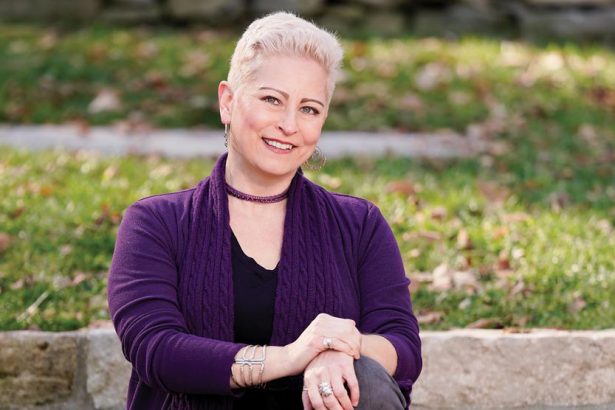Patient Search
 |
 |
|
KaCrole Higgins was diagnosed with breast cancer in 2020. “In May 2020, I found a lump in my breast. I cried. By June, it was diagnosed as breast cancer, triple positive, stage 1A. While getting this cancer diagnosis was devastating, it also became an opportunity. Suddenly, the cancer gave me clarity. It gave me clarity about what was important, what was good in my life, what was toxic in my life, and what I needed to do.” Click below to read more of KaCrole’s story |
If Landon Ryan had been diagnosed with bilateral retinoblastoma 10, 20 or 30 years ago, she might not be here today with nearly perfect vision.Thanks to recent improvements in the treatment for this rare form of cancer that almost exclusively affects children under the age of 5, the diagnosis had the power to change Landon’s life when she was 11 months old, but not to take it — or her eyesight. Click below to learn more about Landon and her story. https://momentum.vicc.org/2022/04/brighter-outlook/ |
Molecular Predictors of Lung Cancer Behavior. (SPORE)
Multiple Cancer Types
Lung,
Non Small Cell,
Small Cell
N/A
Maldonado, Fabien
NCT00898313
VICCTHO0398
Total Body Irradiation and Hypofractionated Radiation Therapy with Atezolizumab and Chemotherapy for the Treatment of Extensive-Stage Small Cell Lung Cancer, TESSERACT Trial
Multiple Cancer Types
This phase I/II trial studies the side effects, safety, and effectiveness of low dose radiation to the entire body (total body irradiation [TBI]) and higher dose radiation to known areas of cancer (hypofractionated radiation therapy [H-RT]) combined with atezolizumab and chemotherapy (carboplatin & etoposide) in treating patients with small cell lung cancer that has spread to disease sites outside of the lung (extensive stage). Extensive stage disease has historically been treated with chemotherapy alone with consideration of chest (thoracic) radiation therapy for those with response to chemotherapy, as well as consideration of preventative radiation therapy to the head (prophylactic cranial irradiation). Emerging evidence supports the synergistic interactions between immunotherapy and radiation therapy. Immunotherapy with monoclonal antibodies, such as atezolizumab, may help the body's immune system attack the cancer, and may interfere with the ability of tumor cells to grow and spread. Carboplatin is in a class of medications known as platinum-containing compounds. It works in a way similar to the anticancer drug cisplatin, but may be better tolerated than cisplatin. Carboplatin works by killing, stopping or slowing the growth of tumor cells. Etoposide is in a class of medications known as podophyllotoxin derivatives. It blocks a certain enzyme needed for cell division and DNA repair and may kill tumor cells. Combining TBI and H-RT with atezolizumab and chemotherapy may improve response to treatment.
Lung,
Small Cell
I/II
Osmundson, Evan
NCT06110572
VICCTHOP2206



